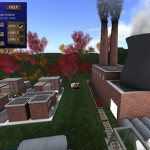 Virtual Mine is “an educational 3D environment, game, and educational curriculum for teachers, students, and anyone who’d like to learn more about mountain top removal, coal fired power production, alternative energies, and the amazing music and culture in the Appalachian mountains”. Which sounds a little staid on the surface, but the reality is an engaging and immersive education experience. I attended the launch tour this morning alongside around 35 others, mostly educators and developers, to see what was on offer.
Virtual Mine is “an educational 3D environment, game, and educational curriculum for teachers, students, and anyone who’d like to learn more about mountain top removal, coal fired power production, alternative energies, and the amazing music and culture in the Appalachian mountains”. Which sounds a little staid on the surface, but the reality is an engaging and immersive education experience. I attended the launch tour this morning alongside around 35 others, mostly educators and developers, to see what was on offer.
Funded by the MacArthur Foundation and the Independent Television Service, the Virtual Mine consist of an entire island in Second Life. After equipping a hard hat and HUD, a series of processes can be controlled and viewed. Whether it’s tree-clearing, the removal of the mountaintop for mining, or balancing the nearby town’s energy needs with the environmental impacts of the mining and cola-fired power station, it’s all covered.
Have a brief look for yourself:
This is the sort of build that tends to shine a very bright spotlight on the opportunities virtual worlds provide for education, including environmental education. That said, one of the tour participants made a humourous comment during the ‘turn off all the unnecessary lights in the town’ exercise, asking that we shut down the region’s server in the process to truly save some power.
Some of my other snaps from the launch tour:
Congratulations to the developers of Virtual Mine and the wider support team. You can find out lots more information on the project here.
[Originally posted over at The Metaverse Journal]


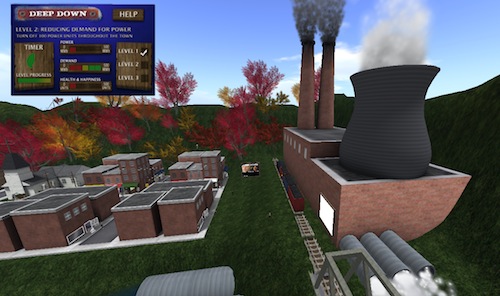

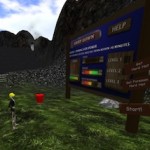




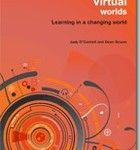


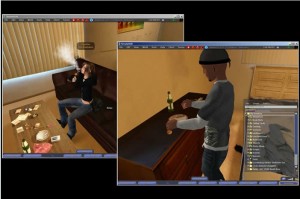
Recent Comments